7.5.1 Identification of Components in Liquors and Distilled Spirits
Distilled Spirits contain a range of flavors that can be identified by GC-MS. Not only can an analyst tell what type of liquor is present (i.e. gin versus whiskey) but they can also compare the presence and abundance of select flavor compounds between different brands of a given type of liquor.
NOTE/WARNING: Some liquors contain nonvolatile components that will coat out on the glass liner in the injector port. The injector liner may need to be cleaned or replaced after completing this laboratory exercise to avoid damage to the GC column.
Experimental Procedures
Chemicals and Supplies:
Pure samples of a variety of liquors. One approach is to contrast types of liquors (rum versus gin versus whiskey). Another approach is to contrast brands (spiced liquor versus pure liquor).
GC-MS Settings:
-Capillary Column: DB-5: Poly(phenylmethyldimethyl) siloxane (5 % phenyl)
30 m x 0.25 mm; 0.25 mm phase coating
-Injection Volume: 1.00 mL
-Splitless Injection for: 0.50 min.
-Split Flow Rate: 50 mL/min.
-Column Flow: 1.3 mL/min.
-Linear Velocity: 42 cm/s
-Injector Temperature: 250 C
-Detector Temperature: 230 C
-Quadrupole Temperature: 150 C
-Oven Program: Initial Temp. at 60.0oC for zero minutes, 2.0 C to 150 C, hold for zero minutes. Post Temp. at 280 C for 10 minutes.
-Total Run Time: 45 min.
Procedures:
Analyze a variety of liquor samples on a GC-MS using the instrumental conditions given above.
RESULTS:
It is relatively easy to distinguish between most types of liquors. However, pure liquors (unspiced) such as rum and vodka produce similar chromatograms and only contain ethanol, water, and a few trace longer chain alcohols. Other liquors, as shown below, are easily distinguished.
All of the compounds identified in the chromatogram below were conclusively identified by the spectral library (typically 99 percent confidence/probability) and are known to be present in the liquors based on a scientific literature search or from common information found on company web sites or web searches. An interesting project is to Goggle some of the compounds identified in the spectra and research their origin and why they are added to a specific liquor.
Rum: Rum is a fermented beverage made from sugarcane byproducts such as molasses and juice. After fermentation, it is distilled as a clear liquid. Double distillation yields the light rums, while single distillation will yield darker rums that were originally thought of as being of lower quality. From here the process becomes brand specific and the initial rum can be aged in a variety of barrels, including oak to impart strong flavors, or filtered through charcoal to remove colors. Spices or color agents are then added.
Figures 7-15, 7-16, and 7-17 are chromatograms for Bacardi Gold, Captain Morgan, and Citrus Rum, respectively. Note the lack of compounds in the relatively pure Barcardi Gold rum, only 3-methyl-1-butanol and acetic acid are present in measurable quantities. Barcardi Gold has little presence of the oak flavor compounds such as those found in the other two rum beverages. Captain Morgan’s flavor is characterized by additional compounds, most notably oak flavors and vanilla. Citrus Rum contains almond, orange, cocoa, fruit, and lemon flavors, as well as extracts from the oak barrel aging process.
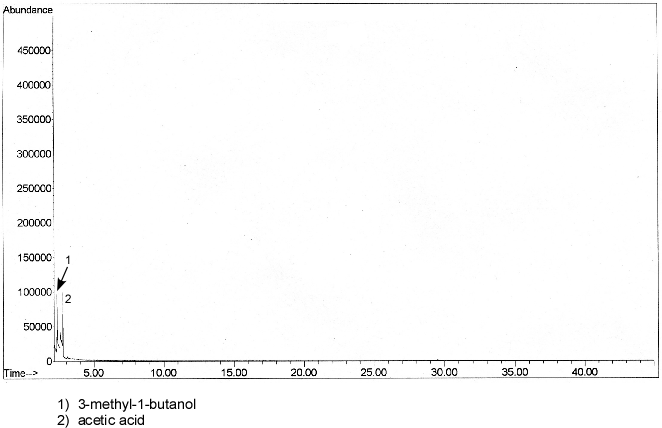
Figure 7-15. Chromatogram of Barcardi Gold.
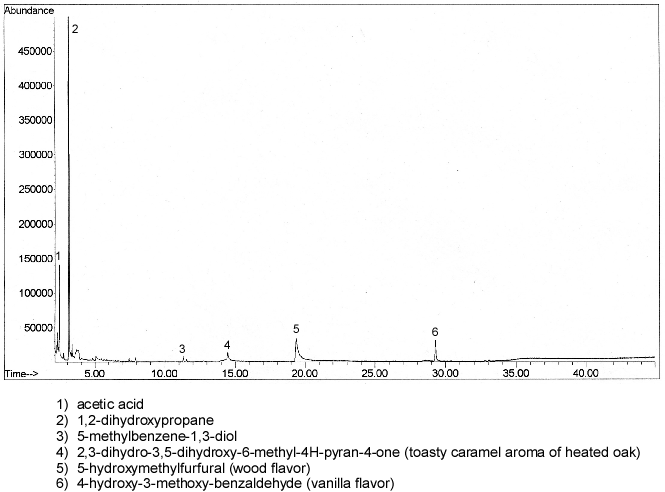
Figure 7-16. Chromatogram of Captain Morgan.
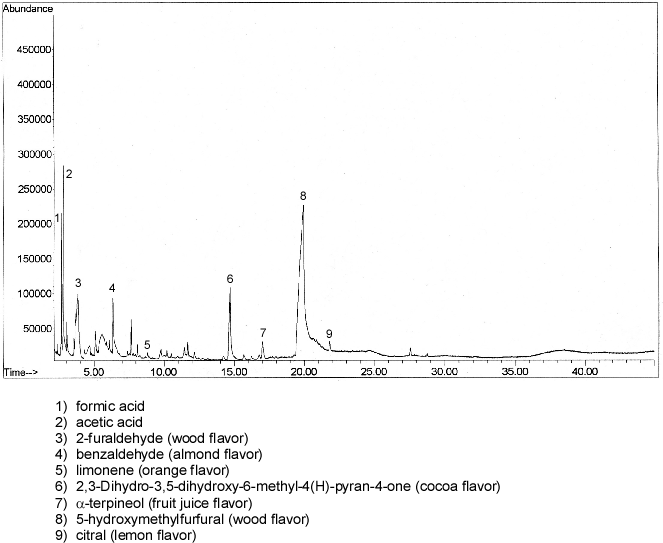
Figure 7-17. Chromatogram of Citrus Rum.
As a side note, most of the components shown in these figures are in the parts per million range of concentrations.
Whiskey: Whiskey (originally Whisky from its origin with Irish monks) refers to a broad range of alcoholic beverages that are distilled from fermented grain mash and aged (matured) in oak barrels (casks). The age of a whiskey refers to its time in the cask (between fermentation and bottling) and the length of aging greatly affects its chemical makeup and taste from the extraction of wood components from the cask. These components include lacone (3-methyl-4-octanolide) that has a coconut aroma, and numerous phenolic compounds. Grains of choice include barley, malted barley, rye, wheat, and corn, and it may be fermented from single or blends of grains. Published flavoring chemicals include carbonyl compounds, alcohols, carboxylic acids and their esters, nitrogen- and sulphur-containing compounds, tannins and other polyphenolic compounds, terpenes, and oxygen-containing heterocyclic compounds and esters of fatty acids. The nitrogen compounds include pyridines, picolines and pyrazines. After distillation, the flavoring compounds that are common among different brands of whiskey include fusel oils that are higher alcohols that are actually mildly toxic and have a strong disagreeable smell and taste in high concentrations. Hence, these are commonly removed by charcoal and linen filtration. Other common flavor agents in whiskey are acetals, such as acetaldehyde diethyl acetal (1,1-diethoxyethane), the principal flavor agent in sherry. The presence of a buttery aroma is due to diketone diacetyl (2,3-butanedione). Some whiskey blends contain specific flavor agents. Use the chromatograms given below to confirm the presence of these known whiskey components.
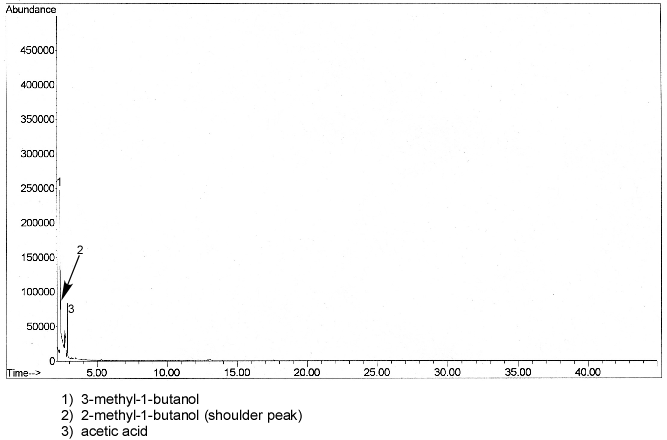
Figure 7-18. Chromatogram of Crown Royal.
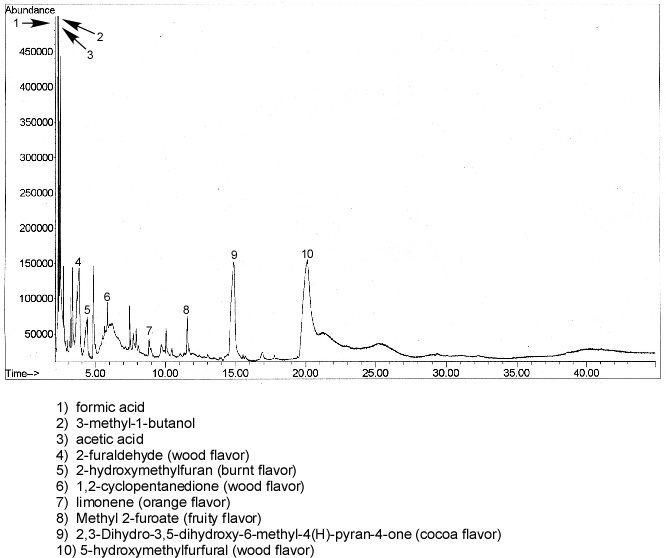
Figure 7-19. Chromatogram of Southern Comfort.
Cognac: The cognac used here is Grand Marnier, a blend of cognac. Cognacs are brandies produced from specific white grape varieties. Most cognacs are distilled twice and aged in oak barrels. After the review of the liquors above, the student should be able to predict some of the compounds present in cognac.
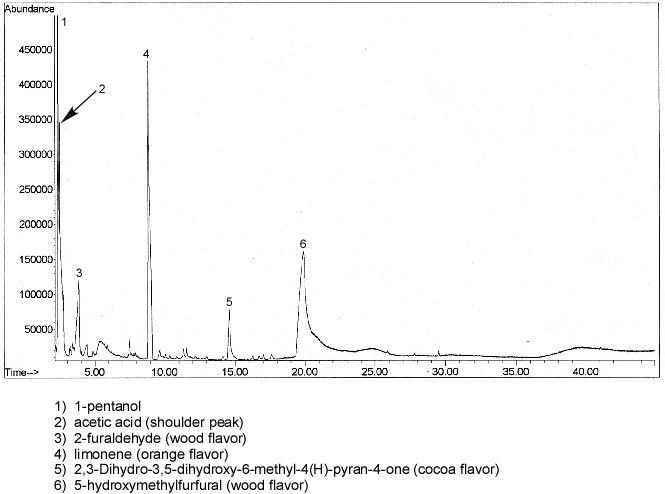
Figure 7-20. Chromatogram of Grand Marnier.
Note that most of the flavor compounds come from the oak barrel or are specifically added.
Peppermint Schnapps: Schnapps is usually a clear, colorless beverage with a light fruit flavor since it is fermented from fruit. The schnapps used in this experiment is infused with peppermint leaf extract or specific flavors (chemicals) found in peppermint. Note the dominant mint flavor compound in the chromatogram.
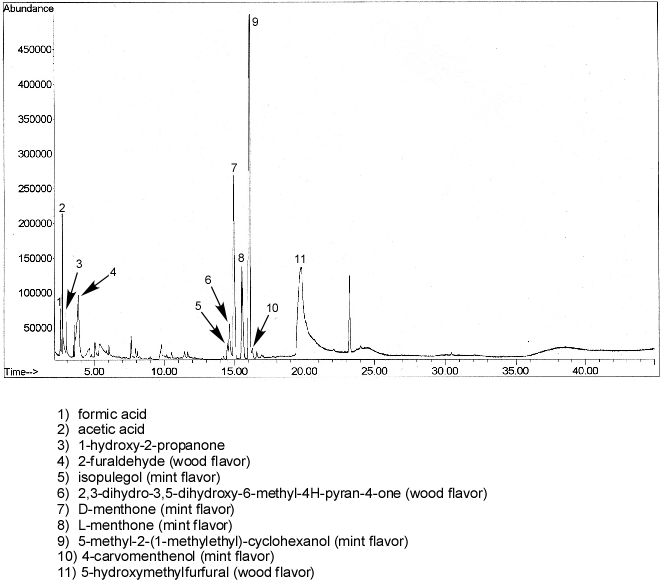
Figure 7-21. Chromatogram of Peppermint Schnapps.
| Frank's Homepage |
©Dunnivant & Ginsbach, 2008